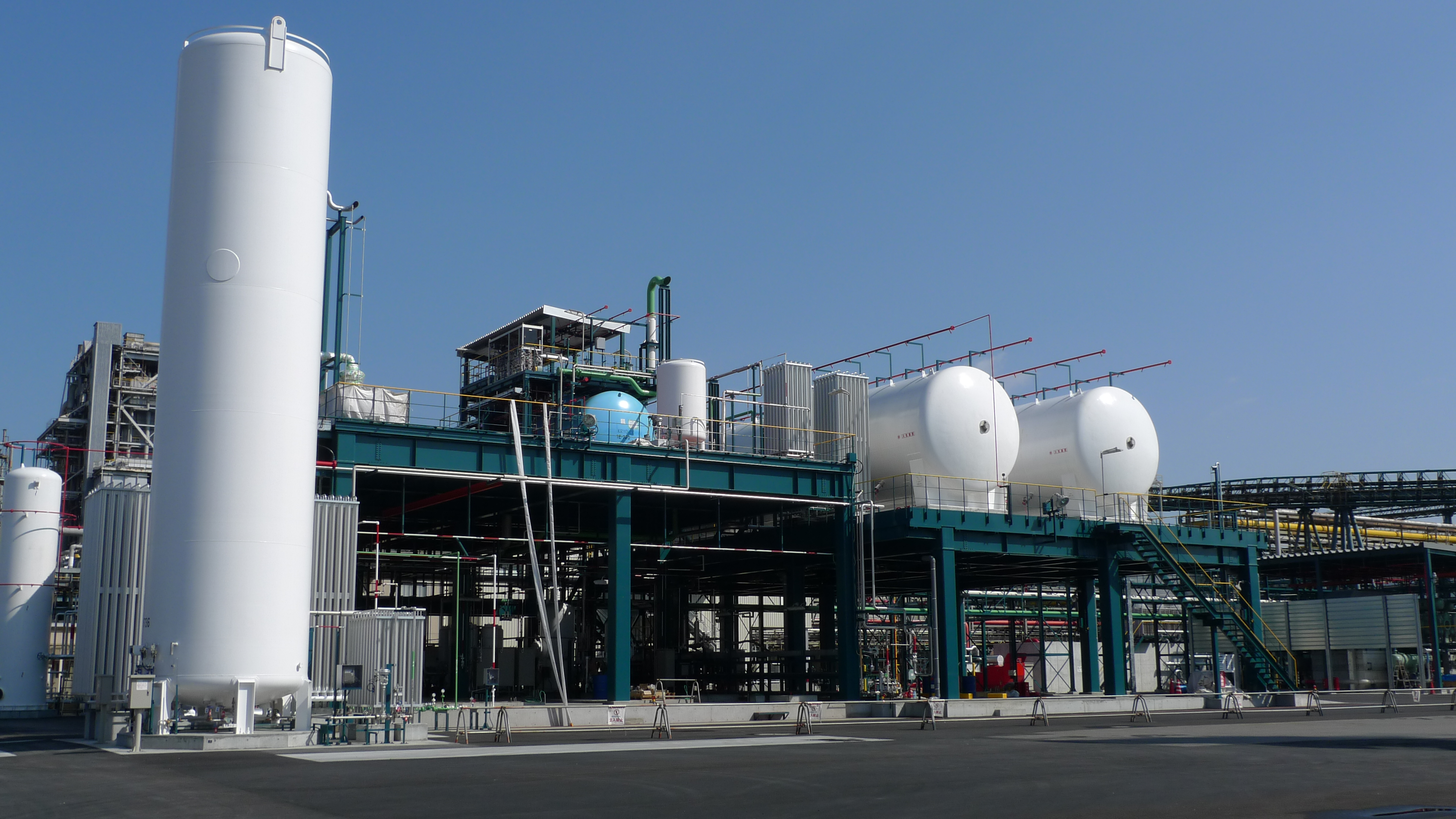Hydrogen liquefiers
The hydrogen future is here now. And Linde can deliver it. The company covers every link in the hydrogen value chain from source to service. Regardless of whether you want to use hydrogen as a zero-emissions source of fuel, a feedstock gas for industry or a source of heat and power for buildings, we have the technologies and expertise to support your project – every step of the way, including the liquefaction segment.
Hydrogen liquefaction is an essential technology for advancing hydrogen-based energy systems, as it enables the safe and efficient handling of this valuable resource. Hydrogen liquefaction is the process of compressing and cooling hydrogen gas until it condenses into a liquid state. The liquid state is more compact and easier to handle than its gaseous form. It is stored without pressure in special insulated containers until it is ready to be transported or used.
Linde has decades of experience in the construction of hydrogen liquefaction systems.
We offer liquefiers from small (<3 tpd) to medium (5 -30 tpd) to large capacities (>50 tpd).



